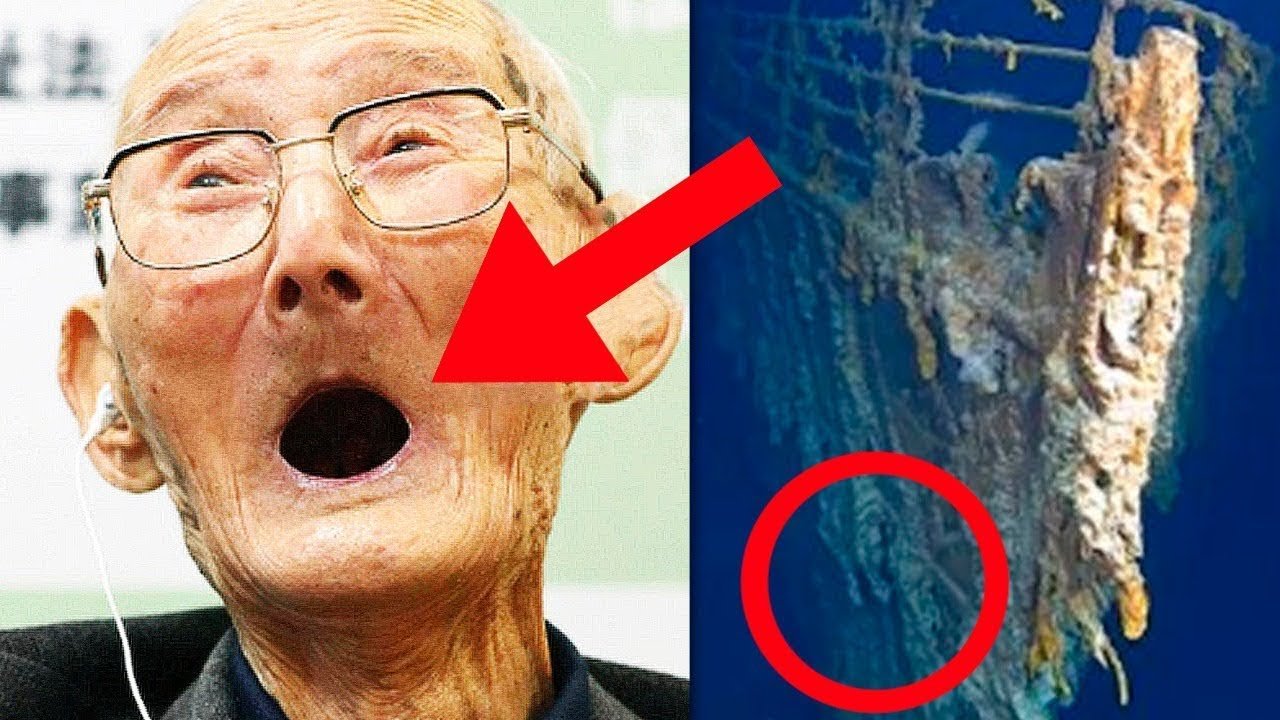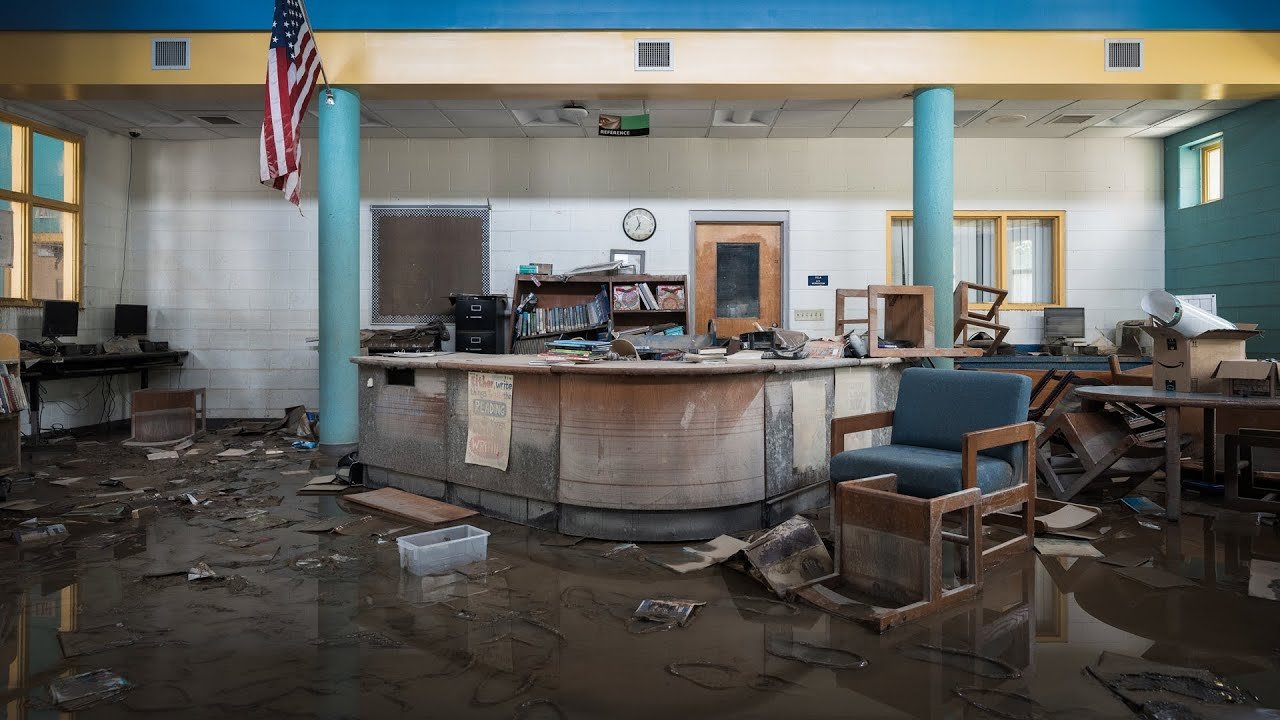So, you’re staring at Error Code 526, huh? Don’t fret! It’s just a little hiccup in the SSL handshake between your server and Cloudflare, typically because of an invalid SSL certificate. Let’s dive in, and I’ll help you navigate through this pesky problem to get your site back up and running in no time!

What is Error Code 526?
If you’ve stumbled upon Error Code 526, consider it like your morning coffee gone cold—unexpected and a little annoying. This error simply means there’s an SSL handshake problem. It’s like a two-step dance gone wrong; one partner forgot the steps! In this case, it’s your web server not communicating well with Cloudflare. So, brace yourself; we’ve got some diagnostics to do!

Common Causes of Error Code 526
- Invalid SSL Certificate: This one’s the usual suspect. If your SSL certificate is expired or improperly configured, you’re in for a world of hurt.
- Mismatched Domain: If your certificate doesn’t match your domain name, it’s like trying to enter a club with the wrong ID. You’re not getting in!
- Incomplete Certificate Chain: Sometimes the server gets a bit too casual and doesn’t provide the full chain needed to establish a secure connection. Think of it like a puzzle with missing pieces.
How to Identify SSL Certificate Issues
Identifying SSL certificate issues is like detective work. I whip out tools like SSL Labs’ SSL Test or the browser’s built-in developer tools. Don’t overlook these! They’re as helpful as a GPS when you’re lost. By running an SSL test, I check for configuration issues, expired certificates, or anything else that may warrant a red flag.

Steps to Fix Error Code 526
Here’s the meat of it! Fixing this bug is akin to straightening up your living space—sometimes it just takes a little effort! Here’s a quick checklist:
- Renew the SSL Certificate: If it’s expired, get it renewed! Think of it as a subscription that needs a little topping up.
- Check Domain Matching: Make sure the certificate matches the domain. It’s like matching your socks—very important!
- Install Intermediate Certificates: If you’re missing pieces in your certificate chain, get those installed! Every connection counts.
- Configure Your Server: Sometimes the configurations are just off. Double-check those!
Checking SSL Certificate Validity
Now, you might be wondering, “How do I know if my SSL certificate is valid?” Don’t sweat it! I recommend visiting your website and clicking on the padlock symbol next to the URL. It’s like checking if your house is locked; you’d want that peace of mind! But just to be thorough, running a check with tools like Let’s Encrypt can also be beneficial.

Cloudflare SSL Settings to Check
If I were to lose my keys, I’d check my pockets first! Similarly, when it comes to Cloudflare’s settings, here are the main things I scrutinize:

- SSL/TLS Encryption Mode: Make sure it’s set correctly—Flexible, Full, or Full (Strict). It’s like choosing the right outfit for the occasion.
- Automatic HTTPS Rewrites: This setting can save you from future headaches by ensuring that connections are always secure.
- Page Rules: Ensure they’re not conflicting with your SSL settings. It’s like sorting out family drama—everyone needs to be on the same page!
Testing Your Website After Fixes
Once you’ve taken care of everything, it’s time to test your website like a chef tests a new recipe! Clear your browser cache and navigate to your site. Fingers crossed! If you don’t see the dreaded Error Code 526, celebrate! But if it pops up like a stubborn weed, don’t lose hope just yet. It could be time for further adjustments.
When to Contact Your Hosting Provider
Even the most experienced DIY-ers need help sometimes! If you’ve tried everything and still face issues—don’t hesitate to contact your hosting provider. They’re like your tech support 24/7 for good reason. Often, they have insights and tools to help you get to the root of the matter.
Conclusion
Dealing with Error Code 526 may seem daunting, but remember: it’s just a temporary hurdle. With the right tools and a little patience, you can get everything back on track. The ultimate goal is to keep your site secure and running smoothly so that all visitors can come in without any hiccups. So, keep those SSL certificates in check, and happy surfing! If things ever get cloudy, just know you’ve got the power to clear things up!
Pontos principais:
- Error Code 526 is a handshake problem caused by an invalid SSL certificate.
- Common causes include an expired certificate, mismatched domain, and an incomplete certificate chain.
- Always check your SSL certificate validity and ensure Cloudflare SSL settings are correctly configured.






















